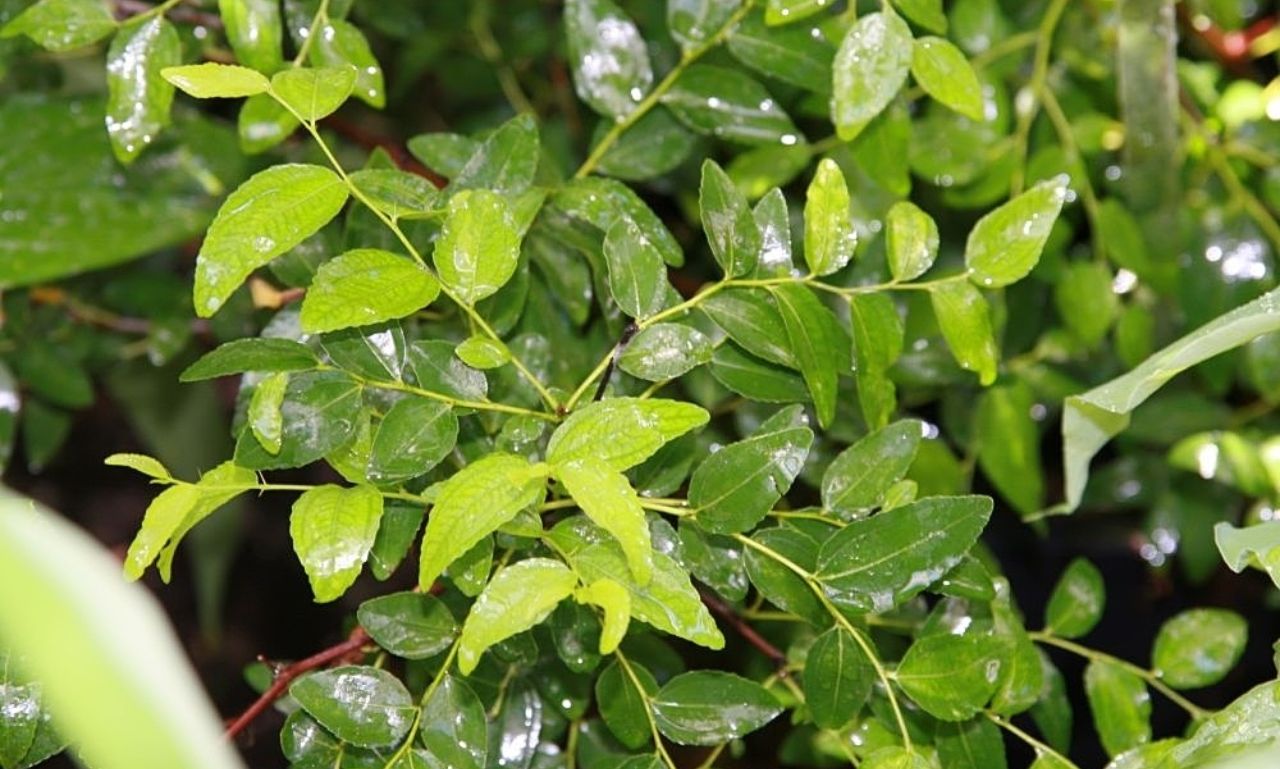It is a coastal plant. The Žižola is an exotic, small deciduous tree from the buckthorn family .
It grows up to eight meters in height, although in our conditions it is much less (up to five meters). It grows very slowly and has dense, hard wood. The branches are drooping, the crown is sparse, consisting of thicker branches and shoots, similar to that of a fig or sycamore. The shoots are not straight, but grow slightly zigzag. As they age, the shoots darken and the red-brown color changes from gray to darker. The shiny, smooth bark is peeling. The branches are hunched and covered with sharp thorns. There are eyes on the joints of the branches, which become larger every year. Leafy twigs grow from the eyes, on which dark green, finely serrated oval leaves with three lighter longitudinal veins are arranged. In the axils of the leaves from June to August, round bisexual yellow flowers are found, from which, after fertilization with the help of insects, fruits grow. In autumn, the leaves and even the entire leafy twigs fall off – no woody shoot remains, only the aforementioned eye is larger. The plant grows in height and width only with rare woody shoots.
Care and maintenance
In winter, it can withstand temperatures of up to fifteen degrees below zero, but in our country it grows outdoors only in the strict coastal zone in Istria, where it is found next to houses, in gardens and orchards as individual trees.
The trees could probably grow and bear fruit elsewhere in Slovenia (Primorska, Posavje), but the problem is early autumn salt and the short growing season, because the fruits would not ripen.
Žižola could also be grown in a larger container, but it would have to be moved to a protected area before the winter cold. Žižola is drought-resistant and not picky about soil.
Žižola Reproduction
In China, a large number of varieties have been bred through breeding, which differ in the shape, size and colour of the fruit. For example, we know Žižola’s with smaller, elongated fruits and jujubes with thicker, apple- or pear-shaped fruits.
Useful value
The flesh is pale yellow when ripe, soft, has a spongy structure and a special, but very pleasant sweet-sour taste. Žižolas are rich in vitamin C, as one hundred grams of fruit contains seventy milligrams of vitamin C, which is 115 percent of the daily requirement for this vitamin. They have anti-inflammatory and laxative effects and help with expectoration.
Žižola Diseases, pests, problems
Tree pruning is limited to the most necessary interventions, and protection against diseases and pests is not necessary. This is therefore an undemanding fruit species.
